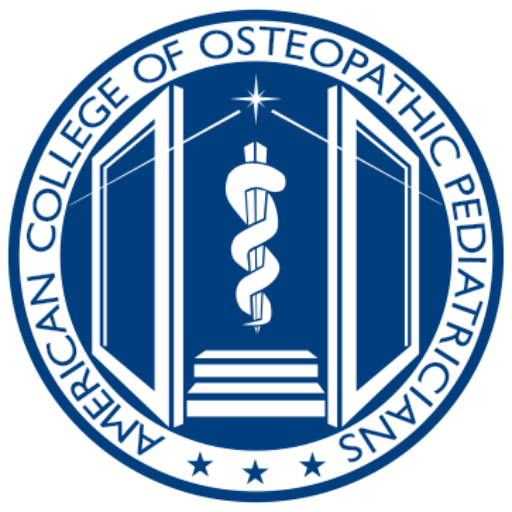You are seeing a 10-year-old female in clinic for the first time. In reviewing the electronic medical record and history with the family, you note that the patient was born by spontaneous vaginal delivery, Apgars were 71 and 95. Parents report that their child did not pass the Critical Congenital Heart Disease screen prior to hospital discharge and subsequently had to have surgery for Tetralogy of Fallot. In addition she has had recurrent respiratory infections and has been treated for otitis media and has had tympanostomy tubes placed. Parents are concerned about her school performance and share that she has always seemed behind. On physical examination you notice: anteverted ears, growth chart at 5th%ile, low anterior hairline, hypertelorism, broad nose, smooth philtrum, thin upper lip. What genetic condition is top on your list of differential diagnoses?
EXPLANATION
Correct Answer : C. 22q11.2 Deletion Syndrome
The patient in the question stem has developmental delays which qualify this patient for a microarray. Patients with 22q11.2 deletion syndrome are at risk for congenital heart disease such as truncus arteriosus, tetralogy of Fallot, as well as T cell immunodeficiencies, hypoparathyroidism, velopharyngeal anomalies, neuropsychiatric abnormalities (high rates of schizophrenia, ADHD, learning disability (LD), anxiety), hearing loss, renal anomalies, specific craniofacial features and multisystemic abnormalities. This microdeletion disorder has a prevalence of 1 in 4000. Mucopolysaccharidosis II is a Progressive X-linked Lysosomal storage disease. Incidence is 1:100,000-170,000 due to a defect in the lysosomal enzyme pathway. Some symptoms may include central nervous system involvement which includes hydrocephalus, atlanto-axial instability, cervical cord compression, myelopathy, seizures, severe behavior problems, sleep disturbance, and intellectual disability. Additional features may include coarse facial features that worsen over time, glaucoma, retinal dystrophy, recurrent otitis media, sensorineural hearing loss, dental caries and abscesses, cardiomyopathy, hepatosplenomegaly, umbilical and inguinal hernias, diarrhea, drooling, peripheral nervous system involvement, obstructive sleep apnea, upper airway obstruction, hip dysplasia, joint contractures, and genu valgum deformities. Diagnosis is done by a Urinary GAG test in consultation with a geneticist. Noonan spectrum disorder is characterized by short stature, congenital cardiac disease (pulmonic stenosis), lymphatic abnormalities, developmental delays, hearing loss, increased risk for malignancy, and physical features such as frontal bossing, arched eyebrows, hypertelorism, down slanting palpebral fissures, and short upturned nose with anteverted nares. Testing should consist of whole exome sequencing.
REFERENCES
See references in Beyond the Unusual Appearing Child presentation
